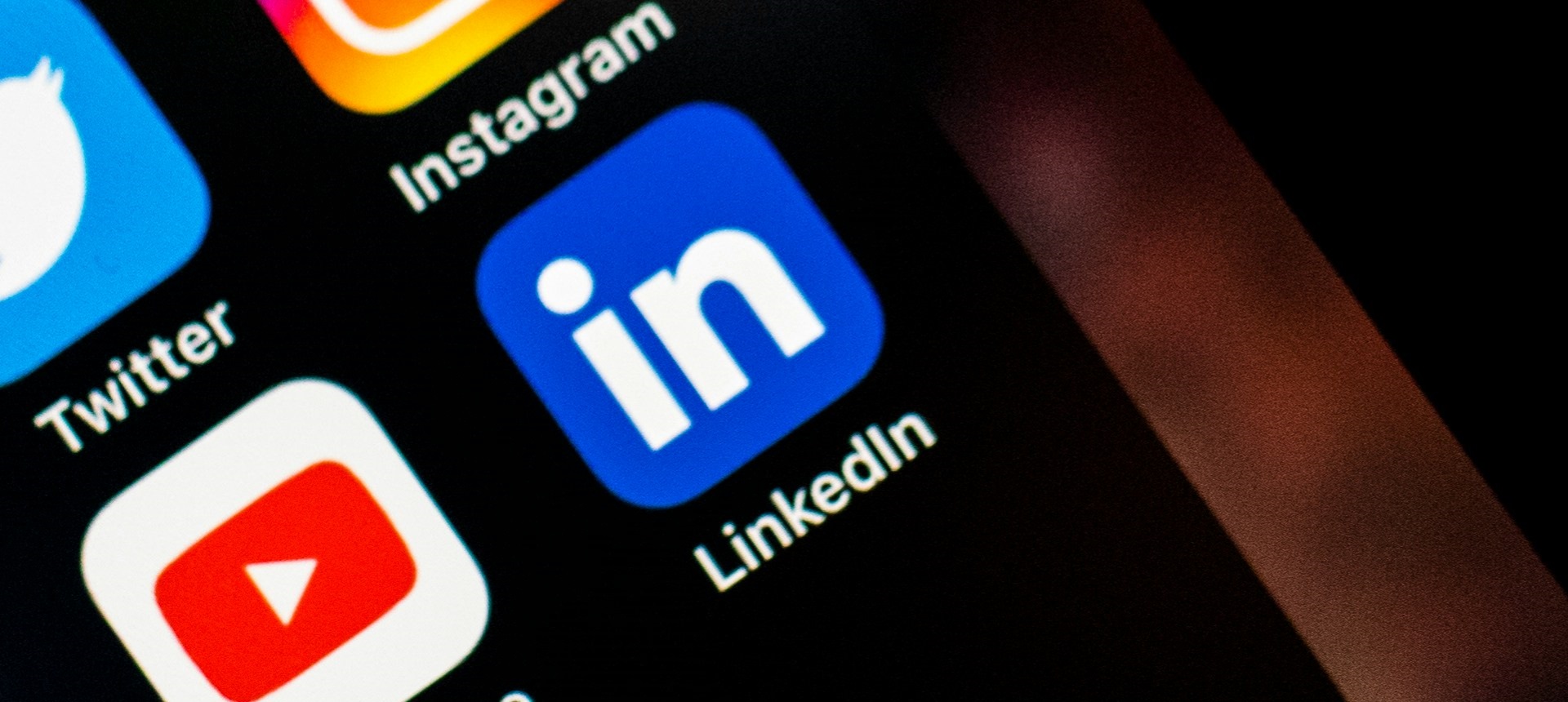There are several reasons why targeting people more individually can pay off. A one-size-fits-all approach is obviously quicker and cheaper, but personalising marketing material can ramp up the audience experience. It can make a brand stand out. It can develop trust with individuals.
A simple example of this is for a visitor to a landing page who enters their name and email to download an infographic or e-book. Next time they visit the same site, they could be greeted by their name and provided with links to content that relates to what they’ve previously shown an interest in.
There is momentum for greater personalisation: One piece of research found that 94 per cent of digital professionals believe personalisation is “critical to current and future success”, while personalised lead nurturing leads to a 20 per cent increase in sales opportunities from leads.
Examples of the results greater personalisation can bring include Co-Operative Travel, which increased visitors to its website by 95 per cent after implementing personalisation, and saw a 217 per cent revenue increase. Carmaker BMW said that a campaign of personalised picture messages sent to 1,200 customer phones improved conversions by 30 per cent.
Other examples include:
- Coca Cola: The company’s Share a Coke campaign saw 150 of the most popular names in a region printed on Coke bottle labels to encourage people to buy drinks for friends or family. The campaign resulted in 12 million media impressions in Australia before the campaign went global. It also contributed to a seven per cent increase on Coke consumption by young adults.
- Nuffield Health: The private health provider developed a series of segmented landing pages and personalised email messages for different constituent groups. The conversion rate for these types of campaigns went from less than one per cent to more than eight percent as a result.
- The Guardian: The newspaper’s website made use of a cookie-based toggle switch to enable visitors to turn off content on stories they weren’t interested in and to avoid such subjects in the future
To help achieve personalisation, marketers need to make use of the data they have on existing users and collect it from people using its marketing channels for the first time.
This can start with small requests (name, email etc.) before more data is obtained once a level of trust has been established.
This data can then be used to personalise calls to action (CTAs) for brand websites and email campaigns, or to use a customer’s name in ways that will appeal to them, such as a personalised greeting on a homepage.
Whatever creative approach you take with personalised content, it’s clearly an approach that will become increasingly powerful.
Check out our earlier posts on gifographics and parallax web design.








